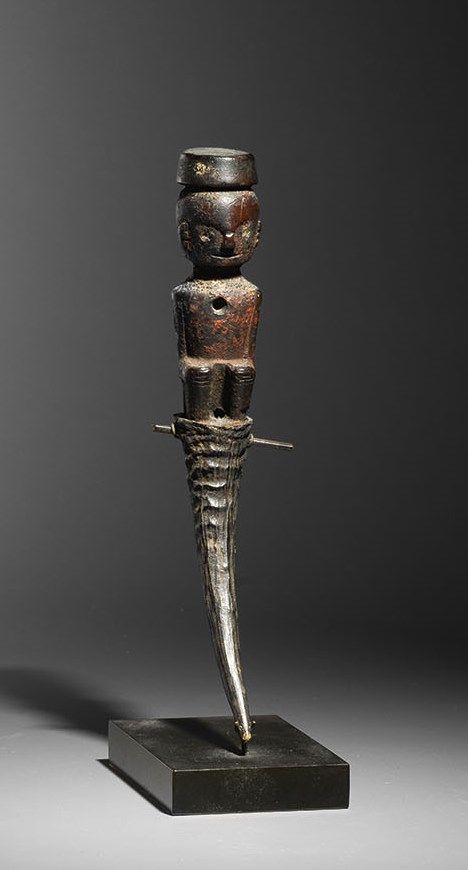Description
Batak horn, Sumatra Wood and small antelope horn H. 19.5 cm Batak horn, Sumatra H. 7 11/16 in This horn, whose cap represents a squatting figure, contained a "medicine" (Pupuk) used by healers.
33
Batak horn, Sumatra Wood and small antelope horn H. 19.5 cm Batak horn, Sumatra H. 7 11/16 in This horn, whose cap represents a squatting figure, contained a "medicine" (Pupuk) used by healers.
You may also like
